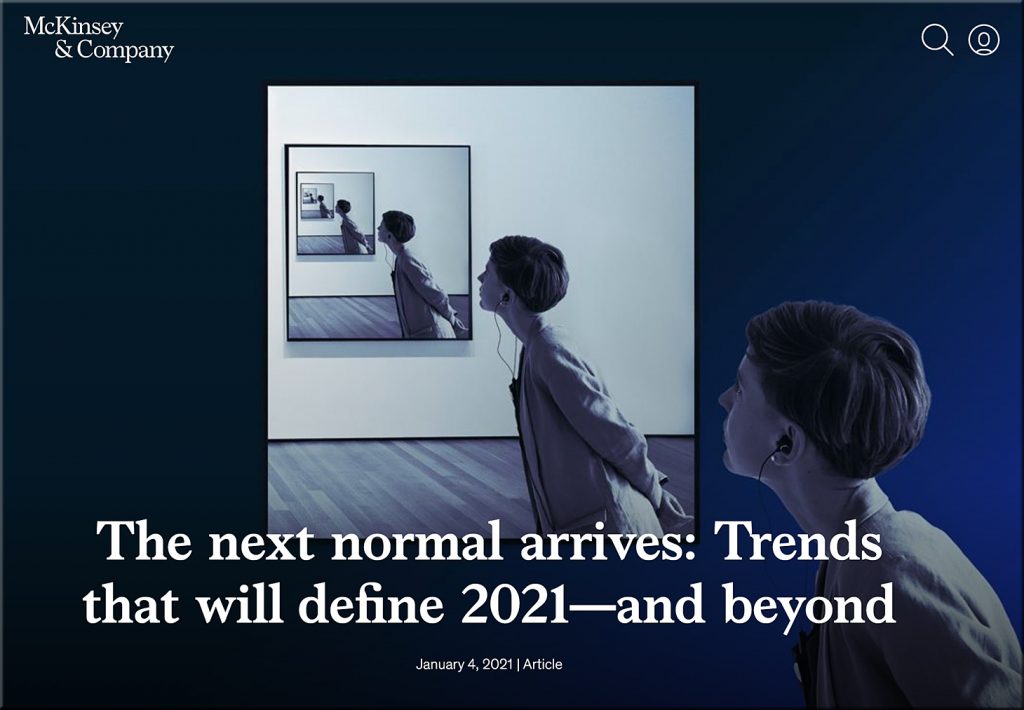The Chegg situation is worse than you think — from eliterate.us by Michael Feldstein
Excerpts:
Forbes just ran with an article entitled “This $12 Billion Company Is Getting Rich Off Students Cheating Their Way Through Covid“.
Ouch.
[Per Michael] To sum up:
- Publishers, after selling expensive textbooks to students, sold the answers to the homework questions in those expensive books to Chegg.
- Chegg sells the answers to the questions to the students, who often use them to cheat.
- To combat this problem, universities pay for proctoring software, which is apparently more effective at preventing students from going to the bathroom than it is at preventing cheating.
- To add insult to all of this injury, “to chegg” is now apparently a verb in the English language. We will all have to live with that linguistic violence.
Addendum on 2/9/21:
- Students cheat with online learning service, professors hope to identify users — from dailyemerald.com by Claire Warner














